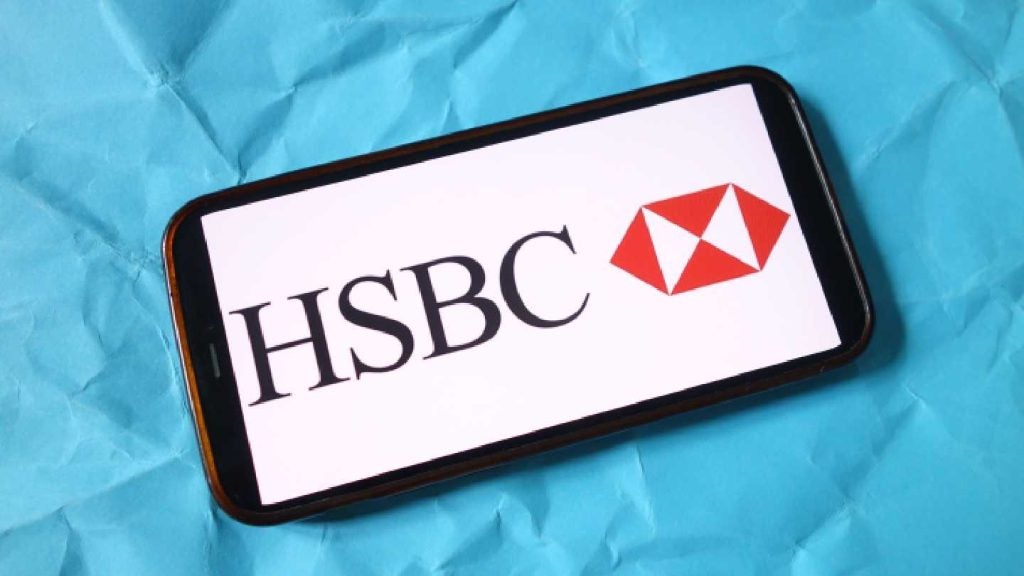Canadian banks need to invest in mobile offerings, but can’t afford to neglect the online channel. Online remains the most popular banking channel but while Canadian online banking customers have a high level of satisfaction with their primary banks, there is no room for complacency. Robin Arnfield reports
In December 2015, Aite Group published a report on Canadian online banking customers’ channel preferences along with a study on the impact of digital technology on their relationship with their banks.

Access deeper industry intelligence
Experience unmatched clarity with a single platform that combines unique data, AI, and human expertise.
Both reports are based on a 2015 survey sponsored by Capco of 1,246 Canadians who bank online via PCs and laptops. The survey respondents were representative of the overall Canadian population by gender, age, income, and province of residence, Aite Group says.
Channel preferences
“Canadian Banking Consumers: Evolving Channel Preferences” says 97% of online banking customers still conduct account transactions in branches, and 80 percent do so via call centres. Nearly two-thirds (61%) of online banking customers conduct transactions using mobile apps on smartphones and tablets.
While the branch is used by 95% of online banking consumers to resolve service problems and questions, 92% use the online channel for customer service issues, Aite Group says. The survey also found online banking customers prefer branches over other channels for seeking advice on products and consulting investment advisors.

US Tariffs are shifting - will you react or anticipate?
Don’t let policy changes catch you off guard. Stay proactive with real-time data and expert analysis.
By GlobalData“We found that overall online banking customers are highly satisfied with their primary financial institution (FI),” the report’s author, Aite Group Retail Banking and Payments Senior Analyst David Albertazzi tells RBI. Satisfaction levels are high (92%) for conducting account transactions online.
“Three-quarters of online banking customers were satisfied with branch-based transactions, two-thirds with mobile transactions and nearly half with call centre transactions,” says Albertazzi. “So call centres perform less well than the other channels.”
Another finding was that satisfaction levels across all channels declined for problem resolution, getting advice on products, and consulting investment advisors.
Impact on financial management
Aite Group found that few Canadians believe online and mobile channels had significantly helped them better manage their money.
“We asked respondents if online and mobile banking had significantly improved their ability to manage their finances,” says Albertazzi. “Satisfaction ratings were high for knowing account balances and where their money is, but dropped off when respondents were asked if they found it easier to share financial data with their family or advisor, get better returns, or become more knowledgeable about how to manage finances, for example.
“This showed online and mobile work well for simple tasks, but, if you want to resolve problems or significantly make a difference in how you manage your finances, the satisfaction ratings drop off quite a bit.”
Financial engagement
“A new feature in our research is a financial engagement score,” says Albertazzi. “We asked respondents how much time they spend time managing their finances, and identified three groups: highly engaged, moderately engaged and unengaged.”
Aite Group found there is a significant difference between highly engaged, moderately engaged and unengaged respondents. “Our financial engagement score revealed that highly engaged customers have a higher satisfaction rating for their FI,” says Albertazzi.
“They open more accounts and so provide more cross-selling opportunities, and they refer more new customers. The takeout for banks is that, if you can get your customers engaged with you, they will increase the number of products they hold with you and refer more people to you.”
Mobile channel
Two-thirds of Canadians banking online consider the mobile channel unimportant to their banking needs, while 20% consider it somewhat important, and 15 percent say it’s very important, Aite Group says.
The consultancy found that 89% of 18- to 34-year-old online banking consumers – a segment representing a growing proportion of Canadian banks’ revenue opportunity – have a smartphone.
Among consumers aged 18 to 34, 27% consider the mobile channel very important, and 32% consider it somewhat important. Around half of younger consumers consider mobile very important for checking their account balances.
“Among overall respondents who find the mobile channel very important, 46% referred their primary FI to family and friends, and 23% increased the number of accounts they held with the FI,” Albertazzi says.
The importance of online
It’s important that banks don’t neglect the online channel, while continuing to enhance their mobile channels, Aite Group stresses. “Canadian consumers value the online channel above all others, particularly for day-to-day transactional needs,” it says. “Highly engaged consumers, who represent a valuable consumer segment thanks to their increased likelihood to refer acquaintances to the bank and to open more accounts, have a particular affinity for the online channel.”
“The importance of the online and mobile channel to the younger demographics underscores the need for banks to develop and improve financial management capabilities on these channels,” Albertazzi says.
Digital challenges and opportunities
Julie Conroy, research director for Aite Group’s Retail Banking practice, says that Canadian consumers are generally happy with their banks.
However, banks can’t get complacent about the threat of disintermediation or cybersecurity. “While Canadian consumers are generally happy with their FIs, the threat landscape on both fronts is moving rapidly,” she adds.
Aite Group’s survey gauged Canadian consumers’ interest in trusting prominent consumer brands with their financial needs.
With the exception of PayPal, which already competes with banks for consumers’ payments business, under 20 percent of Canadians would consider using a financial product such as a chequeing account or a credit card offered by a non-bank. A quarter (24%) of respondents said they would possibly use such financial products from PayPal and 11% said they would very likely do so.
Millennials
Millennial Canadians – “digital native” consumers aged 18 to 34 – tend to be less loyal to established FIs than older consumers. “27% of millennial Canadians indicate they would consider Amazon as a financial provider, while 9 percent of consumers over the age of 55 say the same.
“22% of millennials would consider Google, while only 6% of those over 55 would do so. Three times as many millennials as consumers aged 55 and over would consider Facebook or their mobile phone providers for financial services.”
For both 18- to 34-year-olds and 34- to 54-year-olds, the most frequently cited reason for selecting an alternative provider is consumer trust. Better price is the second most frequently cited reason for selection among 18- to 34-year-olds, the report concludes. Among 35- to 54-year olds, better online and mobile capabilities is the second most important reason.
The good news for incumbents is that banks still have the edge over alternative providers. “More of the surveyed Canadians believe banks and credit card providers do an excellent job with user experience and offer relevance than believe that the online and consumer goods firms do so,” it says.
Data security
According to Statistics Canada 6% of surveyed Canadian businesses had experienced an Internet data breach in 2013, with 26% of these breaches involving theft of or unauthorised access to client or proprietary information. “This statistic likely understates the true extent of the issue, since Canada didn’t have a mandatory data-breach-reporting law in place until June 2015,” says the consultants.
Despite the escalating digital security threat landscape, the majority of Canadians believe banks are protecting consumers’ personal data. “More than four in 10 rate their primary bank as doing an excellent job protecting personal data, and one-third say their bank does a good job,” it says.
“Just 3% say their bank does a poor job protecting personal data. Canadians weren’t as generous regarding their banks’ ability to efficiently access customer data in interactions or to use personal data appropriately, but very few consumers say their banks do a poor job in these areas.”
Differences in perceptions regarding data privacy and security emerge when segmenting Canadian consumers by age. Among 18- to 34-year-olds, one in five rate their primary bank as only doing a poor to average job of protecting personal data. “About one in four of these younger consumers say their bank does a poor to average job of accessing personal data in interactions and of using personal data in appropriate ways.”
Because Canada migrated earlier to EMV cards than the US, Canadians are better protected from the impact of data breaches than US consumers. This is because chip cards are much more difficult for criminals to monetise after a data breach.
“Given that Canada didn’t have mandatory breach-reporting laws until mid-2015, awareness of data breaches likely lags the actual impact,” says the report. “As a result, just 9% of consumers believe that they have been personally affected by a data compromise, although younger consumers’ perception of the impact is higher than that of older generations.”
Recommendations
Now that breach notification is mandatory in Canada, it is critical to prioritise investment in data security, says Aite.
The consultancy also recommends FIs evolve their offerings to increase their appeal to digital natives. “Millennials exhibit much more willingness than do older generations to bank with non-traditional firms.
“Strong online and mobile transactional capabilities, robust security that does not intrude on the user experience, and excellent service and support: this is the recipe to ward off those firms looking to encroach upon banks’ terrain.”







